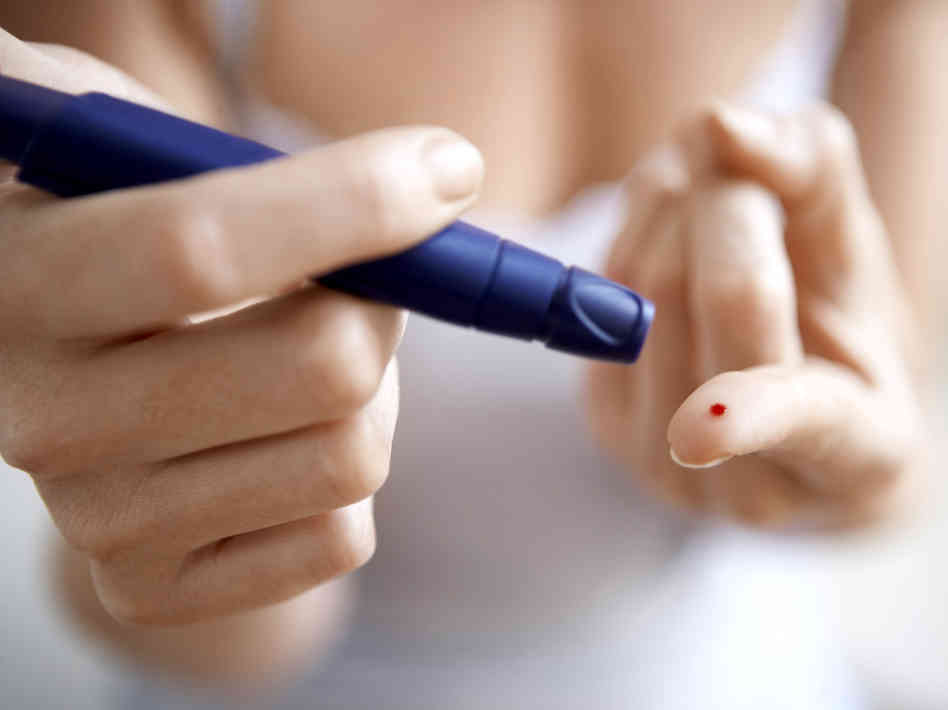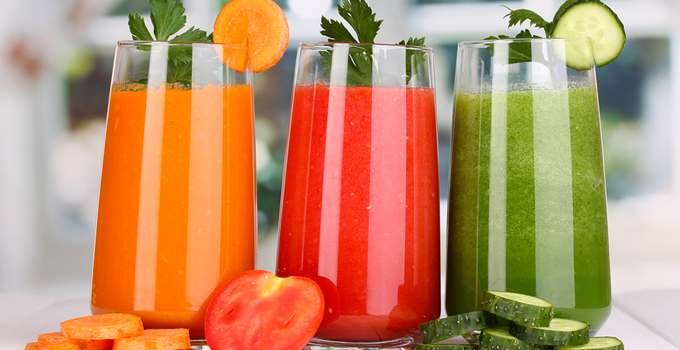
In my previous blog on Cholesterol, I had talked about the different kinds of cholesterol, including the good and bad cholesterol and the vital functions that it performs in our body (Refer-https://goqii.com/blog/the-truth-about-cholesterol/).
In this blog I am listing out a few foods which overstep the rest in lowering the bad cholesterol (LDL), out of which a few also help in increasing the good one (HDL).
A few key things that we need to look at when we are aiming at cholesterol reduction:
*A high fiber diet: Adding vegetable salads in the meals, having unstrained vegetable juices and soups, consuming whole fruits, choosing whole flour over the refined one etc. Fiber binds with the cholesterol and removes it out of the system through stools.
*An Omega 3 intake- Omega 3 has a wonder effect of reducing the LDL, total cholesterol, triglycerides and increasing HDL.
*Reduction of red meat consumption- Eggs, chicken and fish are a better choice.
*An overall low fat intake- Choosing a good quality fat and staying away from saturated and trans-fat. Full fat dairy products, red meat and some oils contain saturated fats which raise the total cholesterol level. Trans-fats found in bakery items (cookies, biscuits, cakes and crackers) increase the bad cholesterol and lower the good one.
Check out the list-
1) Omega 3 Containing foods-
This category includes flaxseeds, walnuts, fatty fish like salmon, sardine, tuna, mackerel, herring and halibut.
As per the American Heart Association guidelines, we need to eat minimum 2 servings of fish a week to get maximum Omega 3 for healthy cholesterol levels. Since Omega 3 is heat susceptible, make sure you do not overcook the fish, you can simply bake it or grill it.
If you do not eat fish, you can get your Omega 3 dose from 1 tbsp flaxseed once a day OR a handful of walnuts on a regular basis.
2) Lycopene-
Lycopene is a carotenoid pigment responsible for giving fruits and vegetables their red color. It’s seen in tomatoes, watermelon, guava, etc.
An intake of 25 mg of lycopene on a regular basis helps knock off 10% of LDL. It not only stops the LDL synthesis but also helps break down the existing LDL in the body.
1 cup of tomatoes provides us with 5 mg of lycopene, so imagine how many tomatoes we need to eat every day to get the 25 mg lycopene dose (Do the math)! One more interesting fact about lycopene is, it gets activated only when heat is applied to it. Thus, a raw tomato salad is good, but a better choice would be a tomato soup or a ravishing red tomato base in your meal preparations.
3) Green Tea
This antioxidant packed herbal beverage does good to our body in multiple ways. A regular intake of sugarless green tea has been shown to reduce cholesterol by 2-5% keeping the HDL levels untouched.
To make the cholesterol reducing efficacy of green tea even better (and to enhance its flavor), we can add half a tsp of cinnamon into it which has also shown to reduce triglycerides, LDL and total cholesterol levels.
4) Almonds
They are not only packed with good quality fat but also with fiber and Vitamin E which prevent LDL from getting oxidized. Now this is an interesting trait because once LDL is oxidized, it tends to choke the arteries, which restricts the blood flow to heart, leading to heart attacks and stroke. Almonds prevent all of it! Snack on it more often, mix them with walnuts to reap most benefits.
5) Olive Oil
It tops among all the oils in terms of fatty acid profile. Being rich in MUFA (heart healthy fat), antioxidants and phenolics, it lowers the LDL, increases the HDL and makes blood less likely to clot. 2 tbsp a day can be used for shallow frying or salad dressing purpose.
6) Oats and barley
They are rich soluble fiber, called beta-glucan which forms a gel in the intestine and prevents cholesterol from being absorbed into the bloodstream. 5-10 gm of soluble fiber a day is good enough to take care of the cholesterol levels. One and half cup of cooked oatmeal supplies 6 gm of fiber, top it with an apple or a banana to get the extra 3-4 gm of fiber and we are sorted.
7) Unstrained bottle guard juice with a dash of crushed garlic-
It’s the perfect mix for cholesterol reduction. Rich in soluble and highly alkaline in nature, bottle guard is very well appreciated in the weight loss segment. However, regular consumption of bottle guard also helps keeping the lipid profile in check. Adding crushed garlic while juicing this fiber rich veggie enhances the cholesterol reducing properties to a great extent.
8) Avocados
Generally, fruits do not contain fat. But, this is one peculiar fruit that is full of fat, but thankfully, a good quality fat- MUFA that helps kick off LDL and triglyceride and boosts up the HDL. You can snack on avocado, add it in the salads or sandwiches or make a spread out of it to smear on a whole wheat bread slice. Definitely, it’s the best substitute to butter and cheese.
9) Dark chocolate-
For all the chocolate lovers! Since it is rich in flavanoids and oleic acid, dark chocolate does good to our lipid profile. We can nibble on 2 pieces of 70-80% dark to get the most of its benefits.
10) Fenugreek seeds-
They provide a 3 way benefit- They contain saponins that reduce body’s absorption of cholesterol. These saponins also reduce cholesterol synthesis in the body. Apart from saponins, the fiber component of fenugreek also helps fight cholesterol in all the ways.
The best way to incorporate fenugreek is: To consume 1 tbsp of seeds soaked in 1 cup water overnight on an empty stomach in the morning OR you can dry roast 1 tbsp of seeds until they turn brown, powder it and add it in our meal preparations.
That was a comprehensive list of cholesterol lowering foods, however, for any of these foods to work, it’s necessary we make other lifestyle changes too, including a regular physical activity, adequate water intake and balanced meals.Now you know which foods to fill up your cart with, the next time you are at the grocery store.






